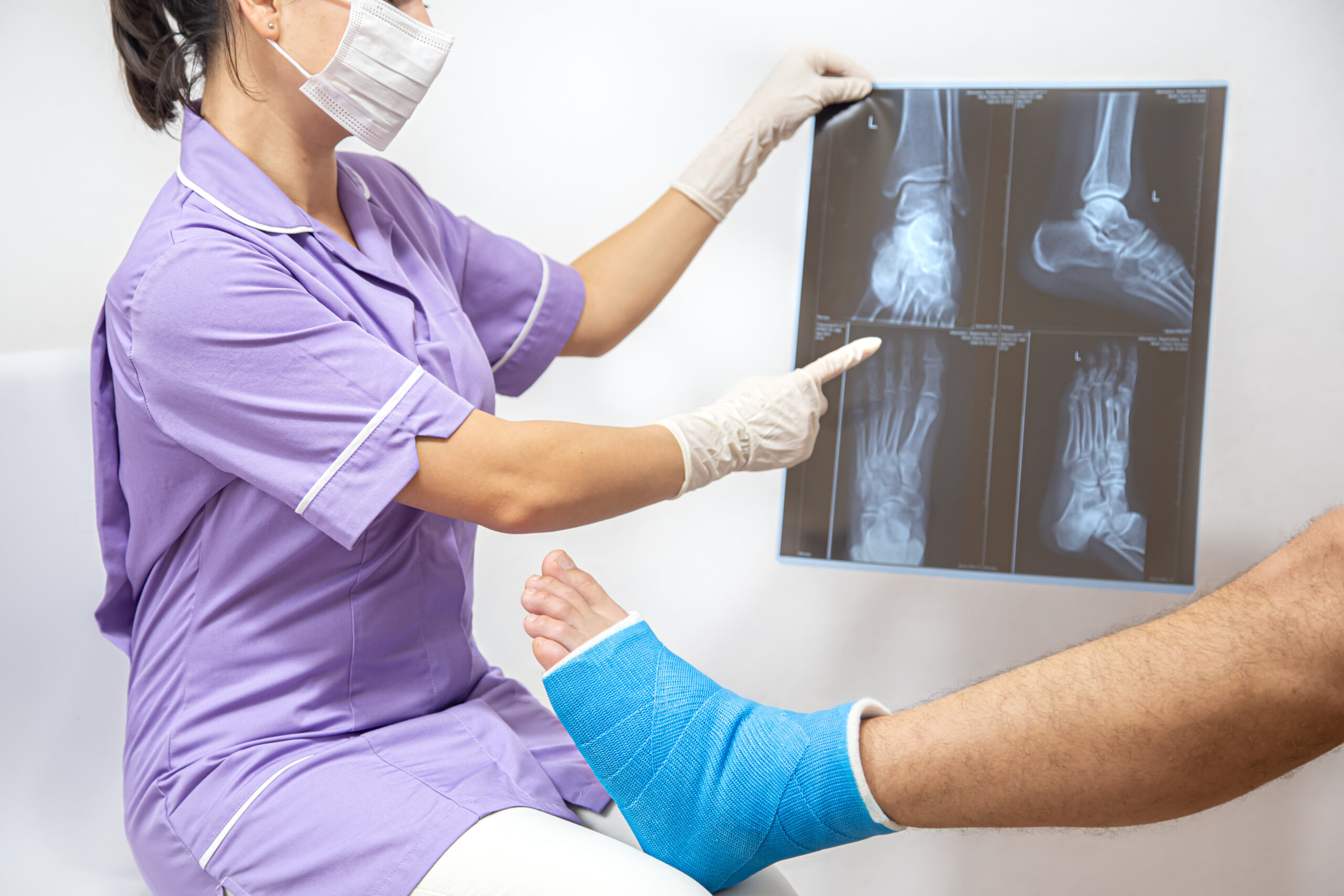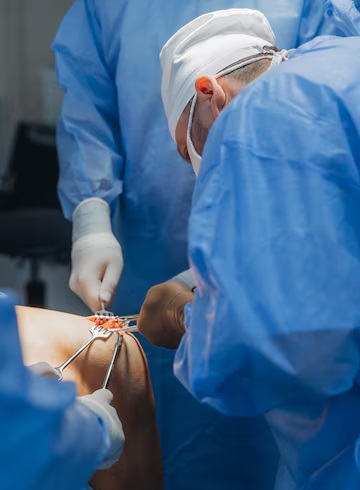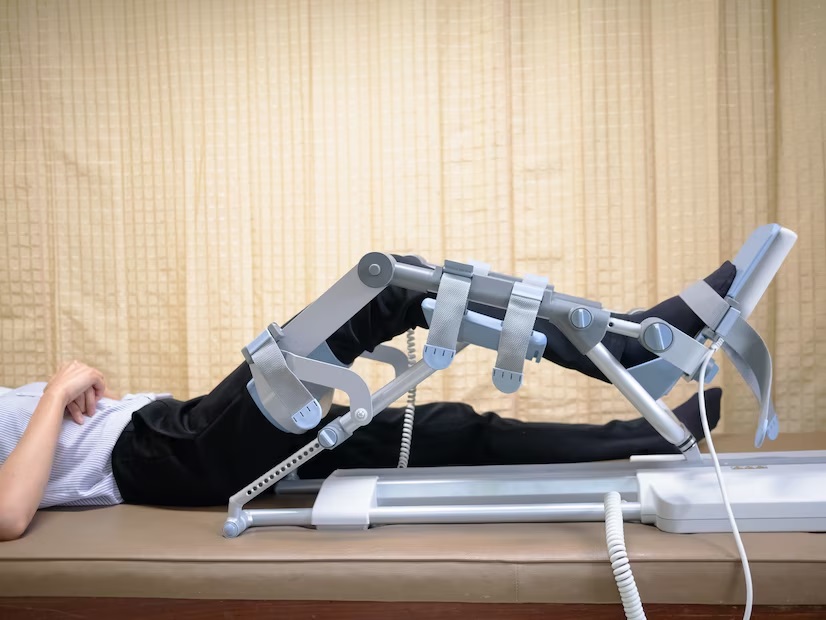Robotic knee replacement surgery has emerged as a groundbreaking advancement in orthopedic care, offering patients a highly precise and personalized approach to addressing knee-related issues. This innovative procedure utilizes state-of-the-art robotic technology to assist surgeons in performing knee replacements with unparalleled accuracy and efficiency. If you or a loved one are considering robotic knee replacement surgery, it’s essential to be well-informed about its key aspects and potential benefits. Here are seven important things you should know about this cutting-edge surgical technique.
Things to Know About Knee Replacement Surgery Using Robotic Systems
In recent years, advancements in medical technology have revolutionized the field of orthopedic surgery, particularly in the realm of knee replacements. Robotic knee replacement surgery, in particular, has gained significant attention for its precision and effectiveness in addressing knee-related issues. If you or a loved one are considering this procedure, it’s essential to be well-informed. Here are seven key things you should know about robotic knee replacement surgery.
What is Robotic Knee Replacement Surgery?
Robotic knee replacement surgery, also known as robot-assisted knee surgery, is a minimally invasive procedure that utilizes advanced robotic technology to assist orthopedic surgeons in performing knee replacement surgeries with enhanced precision and accuracy. The robotic system provides real-time feedback and guidance to the surgeon, allowing for more precise bone cuts and optimal implant placement.
Personalized Treatment Planning
One of the significant advantages of robotic knee replacement surgery is its ability to offer personalized treatment planning. Before the surgery, the patient undergoes a comprehensive preoperative assessment, including imaging scans such as CT scans or MRIs. These scans are used to create a 3D model of the patient’s knee anatomy, which the surgeon can then use to develop a customized surgical plan tailored to the individual’s unique anatomy and alignment.
Enhanced Precision and Accuracy
One of the primary benefits of robotic knee replacement surgery is its unparalleled precision and accuracy. The robotic system allows the surgeon to create virtual boundaries and parameters within which the surgery must be performed. During the procedure, the robotic arm assists the surgeon in executing precise bone cuts and accurately positioning the knee implant, resulting in optimal alignment and stability.
Minimally Invasive Approach
Robotic knee replacement surgery is typically performed using a minimally invasive approach, which involves smaller incisions compared to traditional open surgery. This approach offers several benefits, including reduced blood loss, shorter hospital stays, faster recovery times, and less postoperative pain. Patients undergoing robotic knee replacement surgery often experience a quicker return to their daily activities and improved overall outcomes.
Potential for Improved Implant Longevity
Another advantage of robotic knee replacement surgery is the potential for improved implant longevity. By achieving more precise alignment and positioning of the knee implant, robotic-assisted surgery may help reduce wear and tear on the implant over time. This can lead to better long-term outcomes and a lower risk of implant-related complications, such as implant loosening or premature failure.
Patient-Specific Instrumentation
In addition to robotic guidance during the procedure, some robotic systems also offer patient-specific instrumentation. This involves the creation of custom-made surgical guides and cutting blocks based on the patient’s unique anatomy. These personalized instruments help streamline the surgical process and further enhance precision, ultimately contributing to better outcomes for the patient.
Comprehensive Postoperative Rehabilitation
While robotic knee replacement surgery offers many advantages, it’s essential to recognize that proper postoperative rehabilitation plays a crucial role in the success of the procedure. Following surgery, patients typically undergo a structured rehabilitation program supervised by a physical therapist. This program focuses on restoring knee function, improving strength and flexibility, and gradually reintroducing activities of daily living.
Conclusion
Robotic knee replacement surgery represents a significant advancement in the field of orthopedic surgery, offering enhanced precision, personalized treatment planning, and improved outcomes for patients with knee-related issues. By understanding the key aspects of this innovative procedure, patients can make informed decisions about their orthopedic care and take proactive steps towards regaining mobility and quality of life.
FAQs
How does robotic knee replacement differ from traditional knee replacement surgery?
Unlike traditional knee replacement surgery, which relies on manual techniques and instruments, robotic knee replacement surgery incorporates robotic assistance and computer navigation. This technology enables surgeons to create a detailed 3D model of the patient’s knee and plan the surgery with greater precision. During the procedure, the robotic system guides the surgeon’s movements, enhancing accuracy and optimizing implant placement.
Who is a candidate for robotic knee replacement surgery?
Candidates for robotic knee replacement surgery typically include individuals with severe knee pain and stiffness caused by conditions such as osteoarthritis, rheumatoid arthritis, or traumatic injury. Patients who have not experienced relief from conservative treatments like medication or physical therapy may benefit from robotic knee replacement surgery. However, candidacy is determined on a case-by-case basis by a qualified orthopedic surgeon.
What are the potential benefits of robotic knee replacement surgery?
Robotic knee replacement surgery offers several potential benefits, including improved accuracy and precision in implant placement, reduced risk of complications, shorter hospital stays, faster recovery times, and enhanced long-term outcomes. By customizing the procedure to each patient’s anatomy, robotic technology may also help optimize joint function and stability post-surgery.










